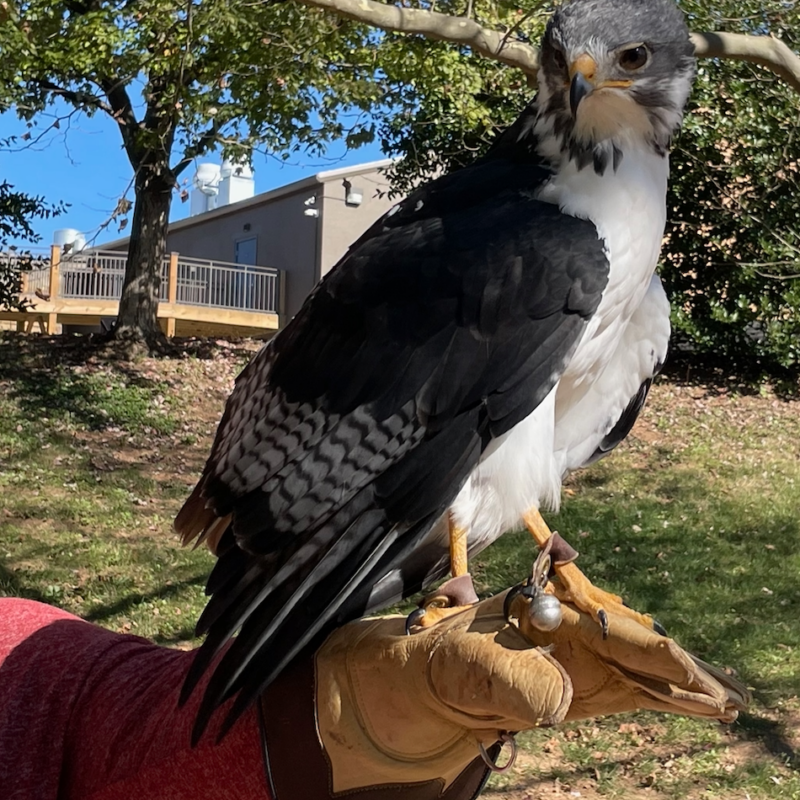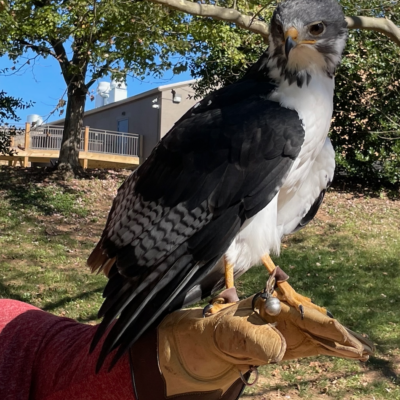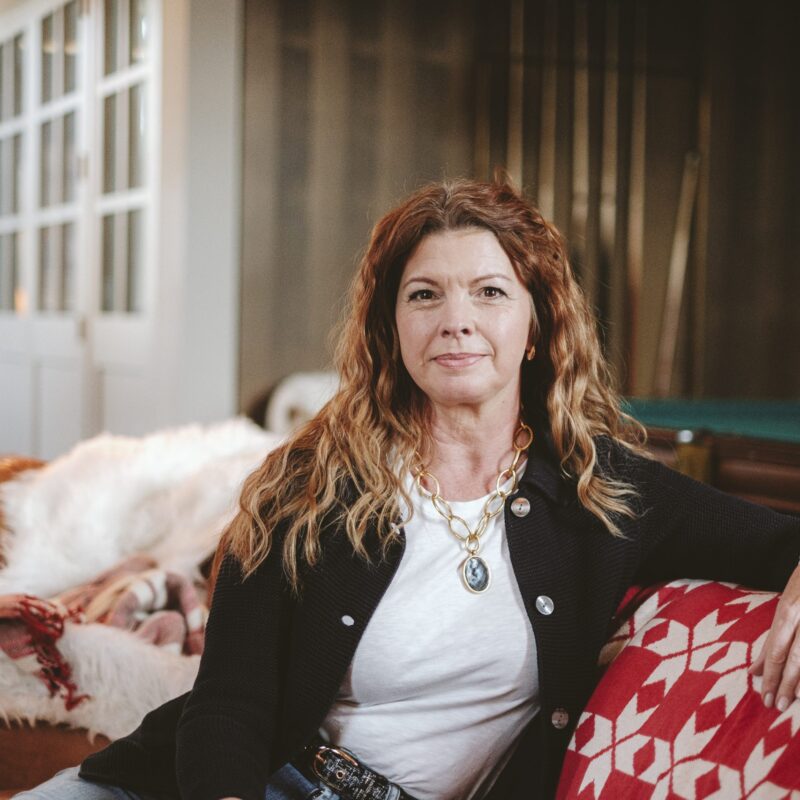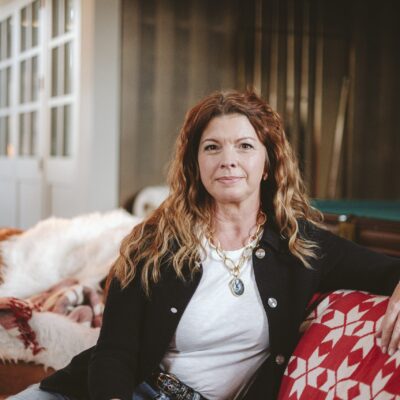Spring break
For over 70 years Virginia has celebrated spring the third week in April with Historic Garden Week. Sponsored by the Garden Club of Virginia (vagardenweek.org), tours raise funds for statewide restorations. It’s surprisingly easy for old gardens to disappear—a blink of the eye will do it. The gardens of Monticello and the University owe their survival during critical times in large part to the network of women who make up this venerable organization.
|
The UVA Pavilion Gardens are part of the splendor that will bloom during Historic Garden Week. |
This year Charlottesville focuses on Farmington with shuttle tours on April 17 and 18 that show off some impressive local manses and their grounds. The gentry continue Jefferson’s love affair with Italy and Palladio. Don’t forget free events at the University on Tuesday the 17th. The Pavilion Gardens and Carr’s Hill feature mature plantings of trees, shrubs, perennials and bulbs that have thrived in our area for generations. Stroll around and learn from them. Not to be missed is the exhibit at the UVA Art Museum on Rugby Road of flower arrangements by local garden club members, displayed in front of the paintings they interpret.
Tidy spring gardens, though in some ways just as unnatural, stand in contrast to the edges of woodlands and developed areas where invasive plants, most originating in Asia, run rampant. I must admit for many years I’ve nursed an underdog affection for the so-called “alien invaders,” persecuted for their place of origin and immigrant vigor. How can we stop plants from migrating—and who’s to say that what was here before the Europeans came should be the template forever?
Some of my happiest times in my own garden have been seeing birds feast on autumn olive fruit or hearing them peep themselves to sleep in the giant privet. But my Kumbaya inclusiveness was shot down recently by Doug Tallamy, surprise star of the February Piedmont Landscape Association seminar. He explained (and demonstrated with loving photographs of fantastically beautiful larvae) the importance of native plants to sustaining the insects that feed the birds that feed the predators, atop whom we so precariously tilt. Rampant invasives displace a diverse ecosystem with a mere handful of plants that did not develop hand-in-hand with the creatures who live here.
Tallamy’s on a mission to “raise the carrying capacity of suburbia,” reducing lawns and creating habitat corridors that sustain a variety of creatures (see his book Bringing Nature Home). The best thing to do is plant oaks, which top his most valuable natives list at 534 different butterfly species supported (compare to 42 for Joe Pye weed and much less for an alien like autumn olive). His advice for areas overrun by invasives is to mow a wide swath for access and “chip away at it” with herbicides. I have yet to hear a professional who rejects herbicides as a first step in eliminating colonized invasives.
From tony suburbs to tangled back lots, gardeners confront nature the best they can. Take a break during Garden Week and see how other people do it.—Cathy Clary
April in the garden
Check out Historic Garden Week.
Alien Invaders, the sequel.
Plant an oak.
Digging deeper
Gardeners, you’re probably feeling certain responsibilities this time of year: ordering seeds, digging new beds, mending tools. But there are larger issues at play in your plot—including the health of the Chesapeake Bay and all its tributaries. If you’d like to be sure your garden is making the bioregion greener, you can take the Gardeners for the Bay pledge at the website of the Chesapeake Bay Foundation.
|
The way you garden in Central Virginia affects the health of the Chesapeake Bay. |
The pledge lays out a blueprint for sustainable growing that will keep you on track. If you sign it, you’ll promise to catch and use rainwater, plant native species, and reduce your lawn area, among other actions. (Toxic pesticides, of course, are out.) And as a reward for your noble actions, the CBF will send you a couple of “Gardeners for the Bay” stickers as well as info to help you follow through on your good intentions.
Veggies taste better when they’re guilt-free! Learn more at cbf.org.—Erika Howsare
Fruit frenzy
This April will see a cluster (as in ripe grapes) of fruit-growing workshops around Charlottesville. All you orchardists and future fruit growers, mark your calendars for these two events.
First, there’s a two-day “fruit school” at the Local Food Hub’s educational farm in Scottsville, taught by Bill Whipple, a.k.a. Professor Barkslip. He’s said to be a wizard of tree and vine, specializing in unconventional and organic growing methods. The class takes place April 16 and 17, 9am-5pm, and costs $70 per day or $140 for the weekend. Saturday’s session will focus on fruit tree care, pruning and propagation, while Sunday’s will bring you up to speed on grafting and cloning. Students will leave with cuttings and seed starts to get their own orchards growing. To register, call 286-2176 or e-mail info@local foodhub.org.
The second event is a one-day fruit grafting intensive taught at 912 Woodfolk Dr. in Charlottesville. This one will happen on April 23, 9am-5pm, and costs $50. You’ll get an overview of the organic approach to growing fruit in our area, plus detailed instructions on various grafting methods, rooting techniques and growing from seed. And you’ll go home with two fruit trees you’ve grafted yourself. Call (843) 694-8896 or e-mail sara.m.tansey@gmail.com to register.—E.H.
Fair weather
Once again, Earth Week in Charlottesville will look like a party. Mark your calendar for the April 23 Eco-Fair at the Charlottesville Pavilion. We’re talking music, face-painting, delish local food, and more green info than you can shake a CFL at.
Check out organizations like Way Cool Tools, the Outdoor Adventure Social Club, Bellair Farm CSA, and Appalachian Voices; hear acoustic music by the likes of Mud Farmers and the Downbeat Project; and check out workshops on topics like rain barrel construction.
Kids should definitely bring their parents. For more info, keep an eye on earthweek.org.—E.H.
By the numbers
31
That’s the percentage of U.S. households that grew some of their own food in 2008. And with interest in gardens on the rise, that number has been growing. The trend is also toward organic methods: the number of people who use all-natural fertilizers, insect and weed controls more than doubled between 2004 and 2008.
Source: National Gardening Association
Update your toilet
Your newer eco-minded houses often include dual-flush toilets as a standard feature. (You know, those are the ones with two flush options instead of one, so that you can use less water for flushing liquids.) What to do if you have a single-flush toilet and not enough cash to completely replace it? Answer: Invest $20-60 in a dual-flush conversion kit that drops right into your toilet tank.
Meant to be simple enough for D.I.Y.-ers to install, the kits contain all the necessary parts and are designed to fit most existing toilets. One kit, the “Flush Smart” sold at globaltowne.com, uses .8 gallons of water for liquids and 1.6 gallons for solids. Kits are also available online at dualflushtoilet.net or greendepot.com, or in brick-and-mortar stores like Lowe’s.
Manufacturers say that a family of four can save 20,000 gallons of water annually—great for your footprint, and a greener way to cut water use than discarding your old toilet. More info on the devices is at allianceforwaterefficiency.org.—Erika Howsare
Home Show hits the JPJ
If you thought last year’s Sotheby’s auction at Patricia Kluge’s sumptuous Albemarle House was chock-full of goodies for the home, wait ’til you see what’s on offer at the Home and Garden Show, April 8-10 at the John Paul Jones Arena. Presented as always by the Blue Ridge Home Builders Association, the show includes dozens of vendors, from carpet experts to closet wizards.
/2I5A1559.jpg) |
Here’s a small sampling of what you can check out at the show:
•eShield of Virginia: foil insulation primarily for attics, which is installed in conjunction with fiberglass or foam insulation for, it’s said, up to 50 percent energy savings.
•Real Wood Amish Furniture, a Charlottesville company that sells pieces in styles from Shaker to country French.
•TimberStone Landscape Design, family-owned and locally-run custom landscaping.
•LEAP (Local Energy Alliance Program), the group that’s bringing energy efficiency to older Charlottesville and Albemarle houses.
Along with your $5 ticket ($4 for seniors on Friday 1-4pm), you’ll get free admission to daily educational workshops—keep your eye on www.brhba.org for the schedule. The Home Show runs 10am-7pm on Friday and Saturday, and 1-5pm on Sunday. C-VILLE Weekly is a show sponsor—we’ll see you there!—Erika Howsare
High design, higher purpose
What’s better than a beautiful house? A beautiful house that makes a difference. The Design House is back this year with more events, a grand house, and the same worthy beneficiary: the Shelter for Help in Emergency, which aids victims of domestic violence. Once again, more than 15 designers have lent their talents to the project of sprucing up a local home, where you can take a tour, show off your best duds at a Top Hat Gala, or hear a lecture. The Design House will be open May 6-22 (see cvilledesignhouse.com for exact hours and event times).
/HouseView.jpg) |
“We’re really excited about the house this year,” says spokesperson Heather Hill. Indeed, it’s a beaut: Mint Springs Farm near Crozet is a 1920 brick colonial-style home that looks like it can easily fuel your design dreams—and it won’t hurt that the likes of Moyanne Harding of Interiors by Moyanne will have redone the master suite, while Andrea Gibson of Gibson Design Group has tackled the nursery. Lecture topics will include painting tips and historic local houses.
Hill says visitors will come away with plenty of inspiration. “People can see ideas they can tangibly go and do,” says Hill. Buy tickets (tours are $20, while the gala is $100) at the above website, or at the door. And feel good that your quest for great design is helping someone else feel safer at home.—E.H.
/Megan_Spring_2008_01_DA.jpg)
/Chesapeake.jpg)





